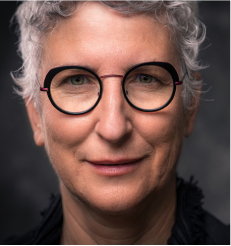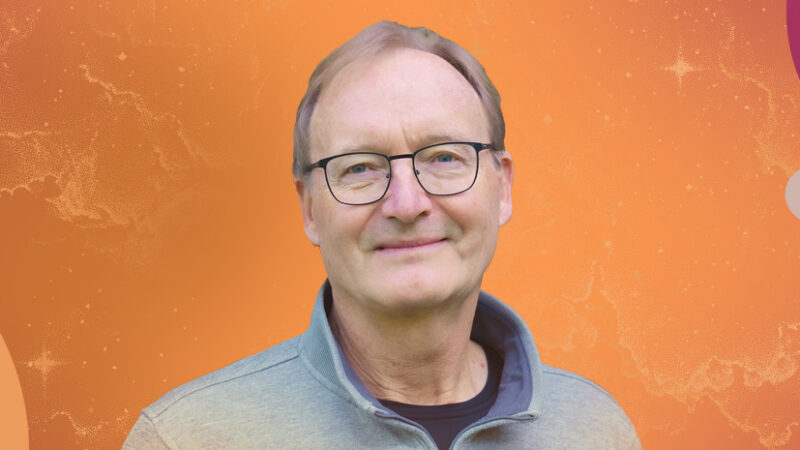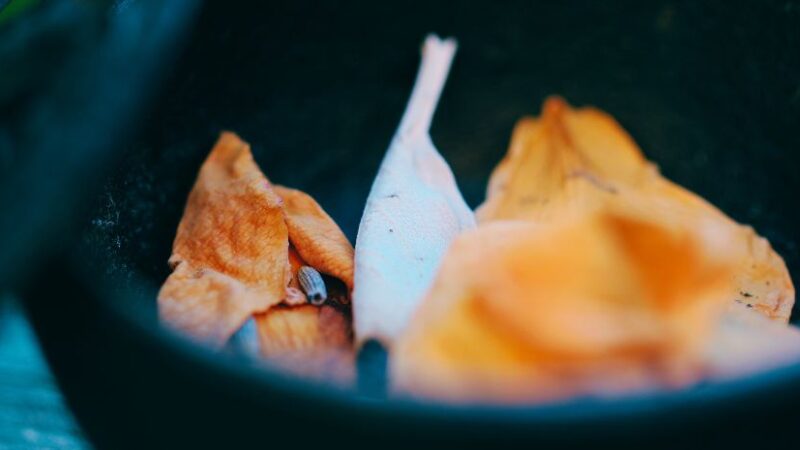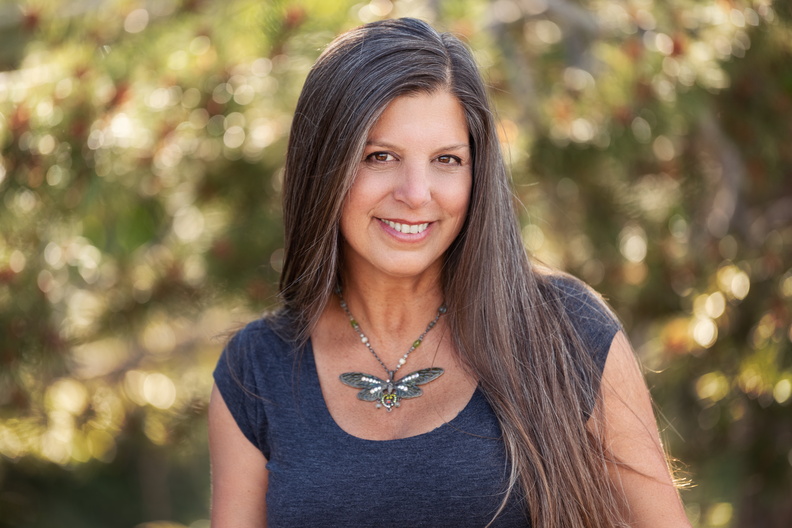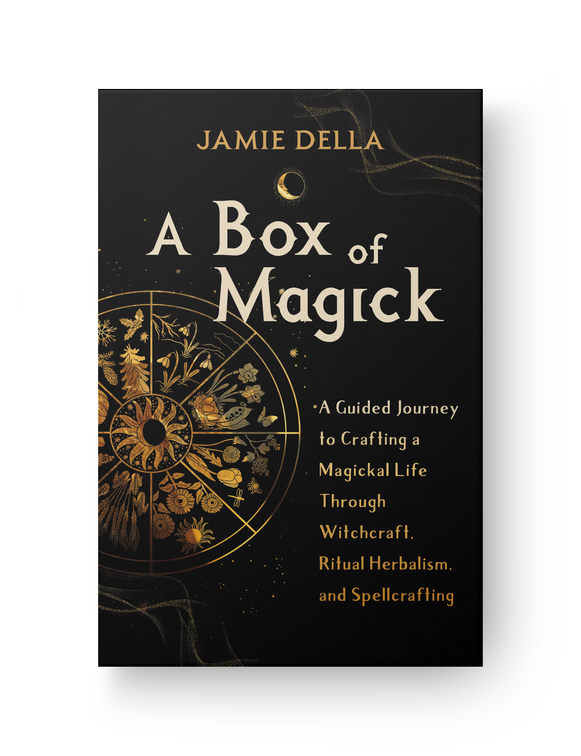You will attract Magick into your day when you see everything and every place as alive and in constant communication with you.
A Box of Magick: A Guided Journey to Crafting a Magickal Life through Witchcraft, Ritual Herbalism and Spellcrafting is a bold invitation to activate the deepest part of yourself with two magickal guides―myself, and my Elder Wiccan High Priestess and mentor Connie DeMasters.
At the onset of the 2020 pandemic, fifteen years after Connie’s passing, I received a literal box of Magick on my doorstep―23 pounds of my mentor’s rituals, hymns, spells, charts, astrology, and more. Help from beyond the veil materialized exactly when I needed strong arms around me and the Magick of hope.
At first, I was overwhelmed with this honor and the exclusive peek into my mentor’s instruction and teachings until I heard Connie say, “Tell them about us.” Afterall, Magick is crafted through the relationships and intentions we carry in our heart.
A Box of Magick inspires you to accept and honor our Divine Essence, develop abiding self-love, and stand with a sword of personal truth held ready. It demonstrates how an inspired mentor can help us make the connections between the messages, omens, and signs and our life choices and opportunities. Stories help us apply magickal insights to our own experiences and allow the lessons to settle deep into our bones. Rituals evoke the innate knowledge that Magick lives within us.

